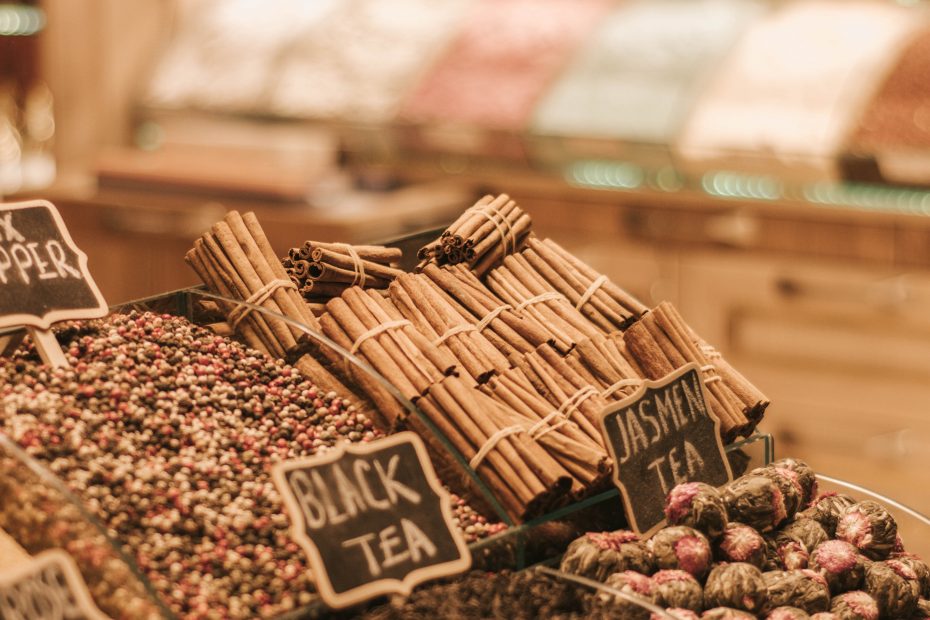Where is Yingdehong Black Tea From?
Chinese black tea called Ying de Hong comes from the city of Yingde in the present-day province of Guangdong. Other names for the tea include Ying de Black, Ying Hong, and Guangdong Black. The entire name of the tea in Chinese is Yingde Hongcha. When the tea is dried, it takes the form of a bundle of curled, dried black tea leaves with a cocoa-like aroma. The leaves infuse the water, giving it a richer amber hue, and the brew acquires a peppery flavor with a touch of sweetness at the finish.
History of Yingdehong
When it comes to tea, China has a lengthy history. According to Chinese tradition, Shennong brought tea to the area in 2737 B.C. The history of Ying de Hong appears to be much more recent. Tea may have been a family recipe for a lot longer, but in Yingde, the brand and style itself did not become well-known until 1959. This year saw the introduction of factory methods and machinery for the first mass production of tea.
Black tea is frequently sipped unadorned and straight up. However, individuals who favor white tea can combine it with condensed milk. The method used to prepare the tea is the same as that for other, more conventional hong cha. Thus, depending on the strength or weakness of the brewer, the tea must be brewed for roughly four minutes using a certain amount of leaves.
Yingdehong Varieties
Ying de Hong black tea comes in a number of varieties. They all have different variants, but they still preserve the same basic peppery flavor with a sweet aftertaste. These variances can occur accidentally occasionally or as a result of a different firm and method using the same base tea. The kind of tea leaf used to make Ying de Hong is one source of diversity. The Feng Huang and Yunnan huge leaf are two different kinds of leaves.
There are four fundamental processes in the creation of Ying de Hong, notwithstanding the many preparation techniques. The leaves are rolled, fermented, then fried after they can wilt. When a leaf is flexible enough to roll without breaking, traditional rolling takes place. To produce a more delicious and refined flavor, the leaves can either be swiftly dried in the sun or left to wilt in the shade. Because it takes longer to produce, the latter technique is employed for expensive kinds.
It’s possible to find Ying de Hong at neighborhood grocers. If they are not there, speciality tea shops, import shops, and Chinese supermarkets may carry them. Using specialized internet sellers and importers would be another option for customers to find black tea.
Sources:
